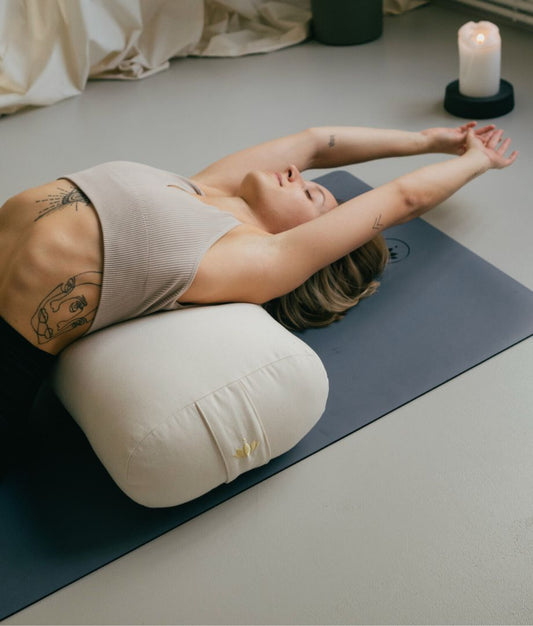
Set-Offers
Save when you buy a set
Shopping cart
Your shopping basket is empty
Yoga
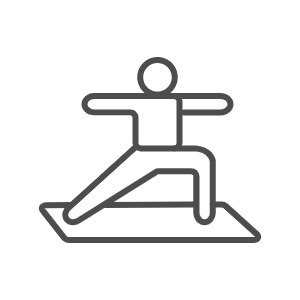
Meditation
Bundles
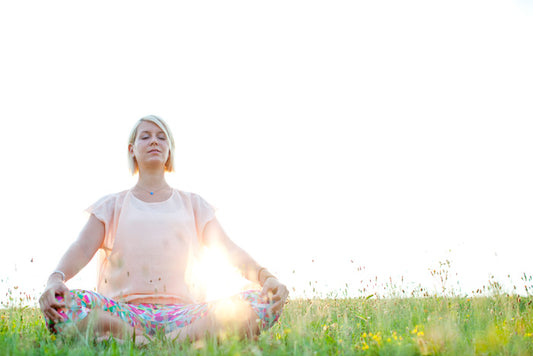
| Meditation
It's all a question of sitting posture: When meditating, the seat should be stable and upright. This necessity is already pointed out in Patanjali's Yoga Sutras. Whether with or without aids - you should be able to remain in your meditation seat without great physical exertion. Find out which sitting position is right for you.

The upright seat is the symbol of yoga and meditation. Because the physical posture helps to change the mental attitude of the person for the better.
An optimal meditation seat is stable and upright. The slats feel open and you can hold the seat for at least 15 minutes without much effort. By straightening the spine vertically, the pelvis is grounded and the crown strives towards the sky. The aim is for the body to feel comfortable during the meditation practice and for the upright posture to strengthen mental focus.
Here are a few basic tips:
What to do in case of complaints?
Aids such as blankets, blocks, a meditation cushion, a meditation bench or a chair can help you find your perfect meditation seat.
The lotus position is one of the most well-known postures for meditation - and without a doubt the most advanced.
Instructions: Bend your right knee and place your right foot at the base of your left thigh. The right heel is as close as possible to the stomach. Then place the left foot over the right leg so that the heel is close to the navel.
Variant: Sit slightly elevated, on a blanket or on a pillow.
Beware of knee problems! If you feel pain in the posture, release the lotus position and choose another variant.
The simplified version of the lotus pose is Ardha Padmasana. This posture is also called the perfect "Siddhasana", which means something like "the perfect seat". If one believes the well-known yoga master BKY Iyengar, this seat is said to cleanse the nadis (Energy channels).
Instructions: Place the right heel close to the perineum. Then bend your left leg and place the back of your left foot on your right thigh.
Variation: Sit up on a blanket, a yoga block, or a low pillow. The half lotus position can also be practiced with the legs reversed.
Muktasana is the simplified variant of Ardha Padmasana and therefore a popular variant for beginners in meditation .
Instructions: Bring your left foot close to the perineum and your right foot in front of it. Feel free to switch legs regularly when practicing this sitting pose.
The light seat or the cross-legged seat is also suitable for meditation beginners and gives the back the necessary stability.
Instructions: Cross your legs in front of each other and ideally position your knees lower than your hip joints.
Variant: Sitting slightly elevated is helpful for stretching the pelvis and spine or opening the groins. Depending on the type, you can sit in the middle of your meditation cushion or on the front edge.
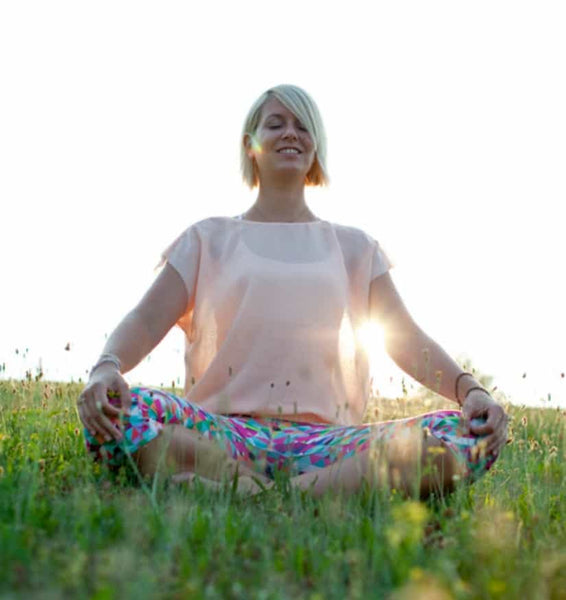
Creative stayers can choose the cow head position as a meditation posture. Gomukhasana is one of the most stable postures, in which the back can straighten up particularly well.
Instructions: The left foot is pulled towards the right buttocks. The left knee is in the middle of the body on the floor. Then the right leg is crossed over the left so that the knees are on top of each other. The toes point backwards and the soles of the feet point upwards.
You should adopt this sitting position on a soft surface. If you have knee problems, it is better to take a different meditation posture.
Instructions: Sit on your heels with your knees together. The back of the foot or big toes touch each other.
Variation: Put a pillow between your buttocks and lower legs.
One of the simplest meditation poses is the Egyptian seat. This pose is particularly good for people with joint problems or back pain.
Instructions: Sit upright in the chair (do not lean against it). The thighs should be horizontal and the angle to the upper body should be about 90 degrees. Put your feet firmly on the ground.
Variant: Your feet don't reach the floor? Simply place a folded blanket or hard pillow on the floor and place your feet on it. By pressing your feet slightly against the floor, you can straighten the pelvis more easily.
Stayed seated and finished reading?
You should now have your ideal sitting posture for meditation in mind... just the right mudra for meditation is missing.
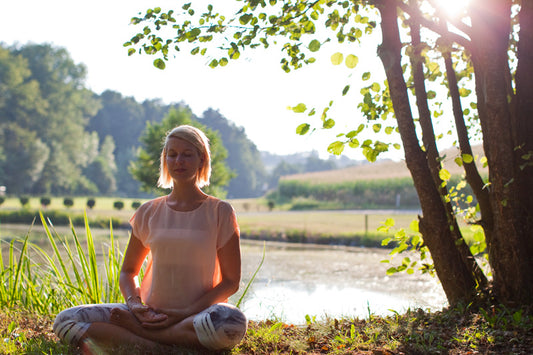
First things first: if you want to meditate, just do it. There are no rules, no right and no wrong. Rather, meditation requires a willingness not t...
Continue reading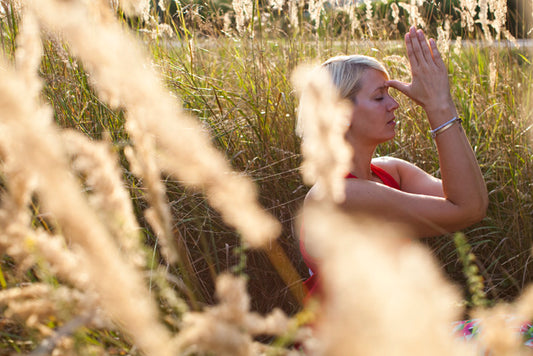
Dharana (eng. concentration) is the ability to stay where you are. Putting the antennas offline, escaping the turmoil of the world and staying on t...
Continue reading
There are no comments yet. Be the first to leave a comment!